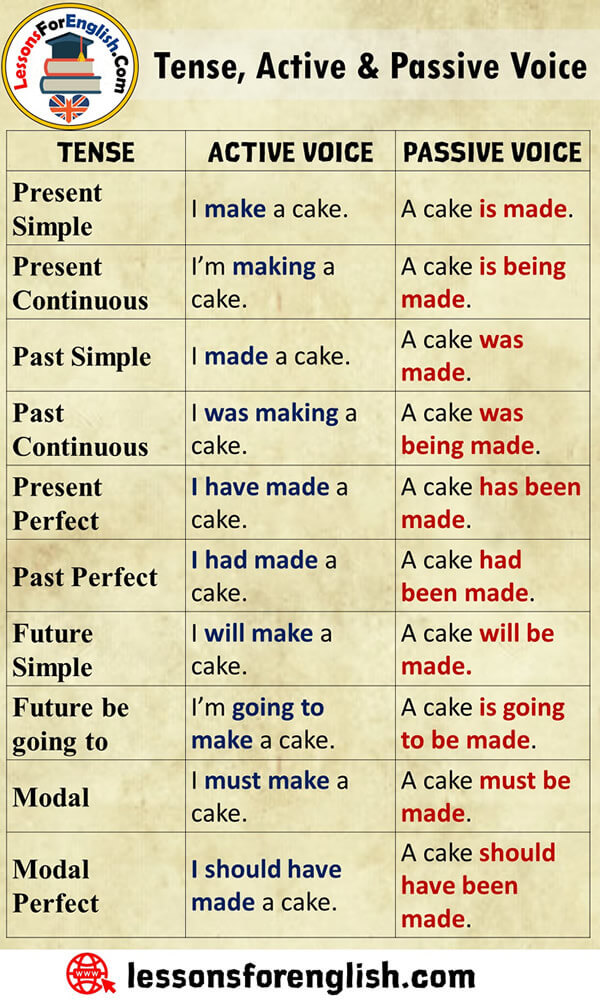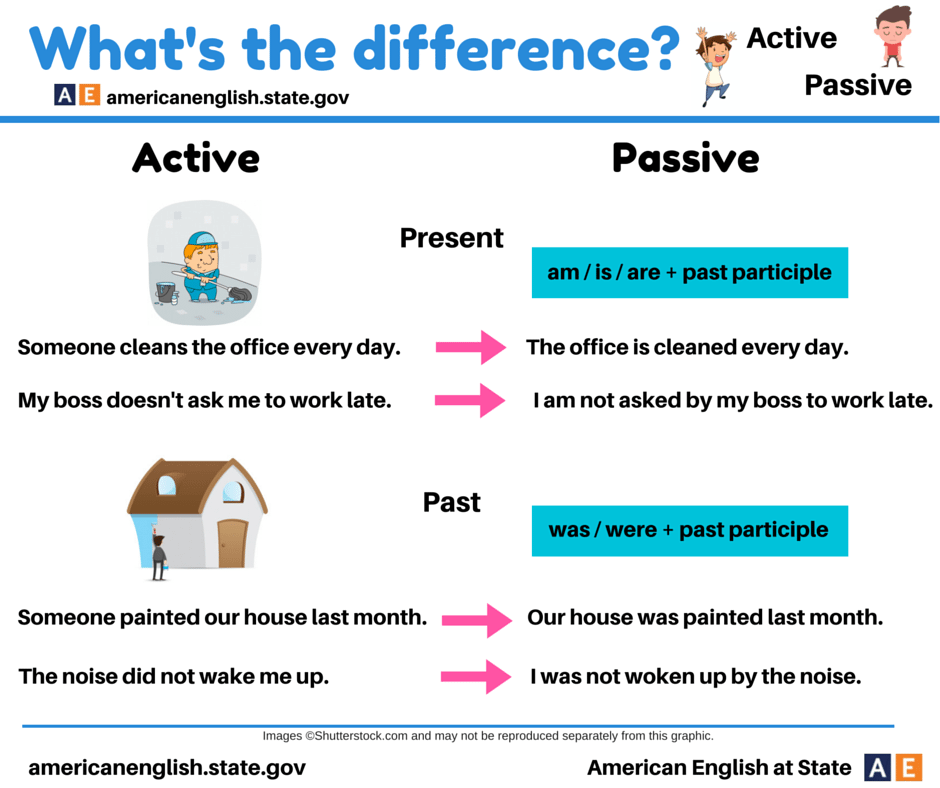

‘Benchmarks’ for placing towns in the hierarchy are explored. The part of the East Midlands studied – Leicestershire, Northamptonshire and Rutland – contained twenty towns. The urban hierarchy of an English regi on in the period 1300-1540 is defined, using both documentary and archaeological evidence. Passive voice (along with the present tense) is particularly prevalent in abstracts to academic papers and articles: Note how the research process is described in the passive voice ( were recorded, were analysed, were used), while the author changes to active voice ( I discuss) when signposting the section dealing with personal stance and evaluation of the research.

In order to illuminate presentations of autonomy in practice, focus-group discussions with nurses and older people were used discuss the factors that prevented the operationalisation of an individualised rights-based concept of autonomy for older p as part of the interpretative process. The data were analysed using principles of conversation analysis and thematic analysis set within a hermeneutic interpretative framework. In academic writing in particular, foregrounding the writer/researcher in such processes is often felt to be inappropriate:Ī total of 14 case studie s were recorded.

Passive voice is common in academic discourse since it is often felt necessary to shift the focus from human agency to the actions, processes and events being described.


 0 kommentar(er)
0 kommentar(er)
